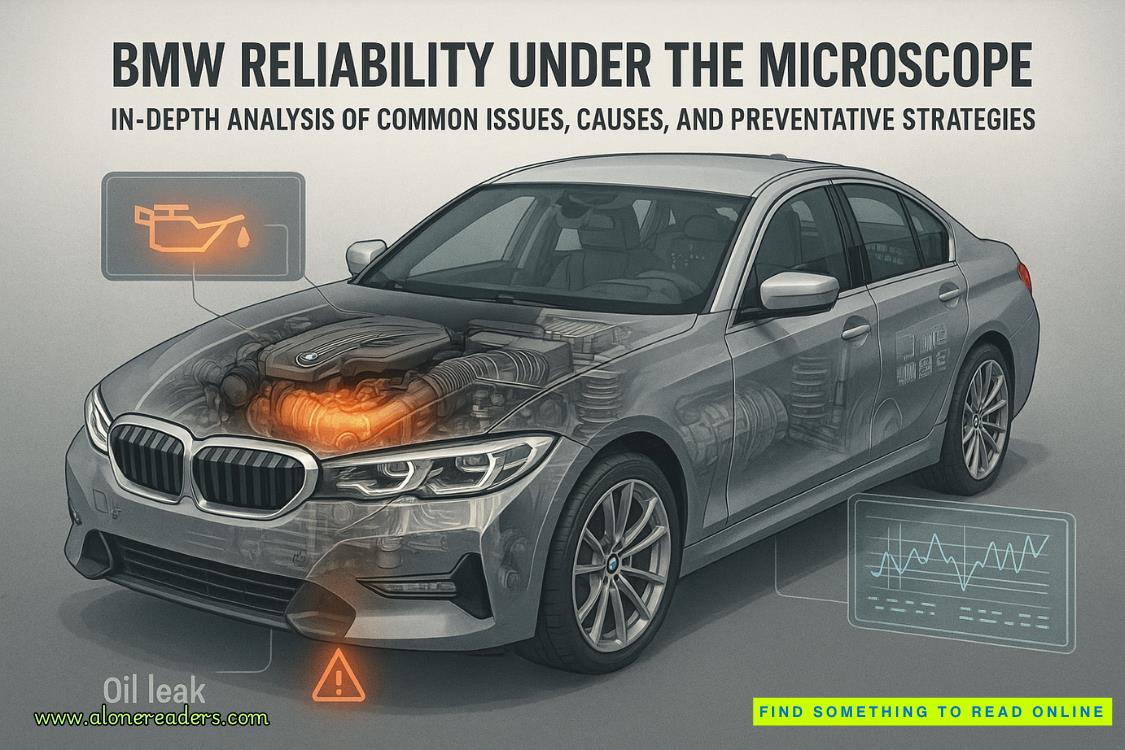“Not necessary, Mr. Haller,” Ruhlin said. “I am prepared to rule. Naomi Kitchens will be allowed to testify. As far as the documents she has provided the plaintiffs, these are documents Tidalwaiv either has or has destroyed. I find no violation of discovery on the part of the plaintiffs, and Mr. Mason, I advise you to have a sit-down with your clients to remind them of their obligations under this cause of action. I consider what happened with materials authored by Ms. Kitchens to be a serious violation of discovery. Now, any other objections to witnesses, or are we ready to bring in our potential jurors?”
I knew better than to push my luck. The ruling on Kitchens was a potential case-breaker. I quit while I was ahead and told the judge I was ready to proceed with voir dire.
But the Masons weren’t. They spent the next forty minutes pecking away at my witness list, the judge relenting in the name of time and whittling down the number of project managers, coders, and other Tidalwaiv employees I could call. They even challenged my inclusion of Victor Wendt, founder of Tidalwaiv. I protested all the way but it was purely for show. As I whispered to the two women who sat with me at the plaintiffs’ table, Kitchens was going to be our knockout punch. No matter how many names the judge lopped off my list, we were going to come out way ahead at the end of the session.
Or so I thought.
22
SOME LAWYERS BELIEVEa trial is won or lost in jury selection. That may be true, but I also believe that a trial is won or lost in the selection of the attorney who takes the cause of action to court. I do know one thing for sure about juries. The one unalterable rule is that you must tailor the jury to your case. The juror questions I had written out earlier in the week brought back a wide variety of answers for me to look through before we got to the actual live selection process. Judge Ruhlin had called for a panel of fifty potential jurors, from which twelve would be selected. There would be no alternates chosen, because in civil court only six jurors were needed to deliver a verdict. We would start with twelve in the box, and as long as six made it to the finish line, we would get a verdict.
There were no names—I knew them only by the numbers assigned to them, one through fifty. But I had my favorites, had ranked them on a legal pad, and was ready to go with voir dire as soon as the hearing on witnesses ended. My number one juror happened to be number fifty in the stack and I thanked the stars abovethat she had gotten in under the wire. She was a retired schoolteacher who had raised two girls by herself in Reseda. She owned no digital devices besides her cell phone. She drove an American-made car and did not watch Netflix or Amazon Prime. She had never asked Siri or Alexa a question, because she didn’t know how. Her preferred method of consuming news was to watch the Fox cable network. She was perfect. The challenge was to get her into the final twelve seated in the box.
The judge had not allowed questions about religious or political affiliation, but she did permit questions about how the potential jurors consumed news and on what devices they did so. Their answers tended to reveal their political views, and from those views, I could make assumptions about religion. I wanted viewers of the conservative Fox channel on my jury because I believed they were likely Republican voters and Christians and therefore probably voted for Donald Trump in the last presidential election. I cast no aspersions on their vote, but it told me they were not happy—at least back in November, they weren’t—with the direction of things in the country and its future. AI was the future, but it scared people who knew it would change their world in ways they didn’t understand. That was who I wanted on the jury, people who felt uneasy and alienated from society. I readily admit it was a cynical way to pick a jury, but it could make all the difference in the trial.
The others on my list of acceptable jurors were medical-industry workers, clerical workers, graphic designers, a psychoanalyst, a French translator of movies and television shows, several out-of-work actors and set builders, and three screenwriters. These were not all Fox viewers, of course. In fact, there was a wide diversity in their answers to the juror interrogatories. In contrast to jurors like number fifty, who had no laptop or home computer, the actors and screenwriters had multiple digital devices. But what was common among thepotential jurors whom I found acceptable was the possibility that their jobs would someday be replaced by AI-generated creations. I was going to give them the opportunity to make a stand against that.
Of course, the Mason twins knew who I was looking for. They had a whole jury-selection team working for them, fronted by the psychologist sitting at the defense table next to them, and they had their own list of favorites. Each team would now attempt to fill the box with its top choices while knocking out those of the opponent.
The judge was giving each side six peremptory challenges, meaning each of us had six bullets we could use to get rid of potential jurors with no explanation at all. After that, jurors could be excused only for cause, whether that was bias or conflict of interest or anything we objected to in their answers. So there was a strategy to it. I had a list of twenty-one acceptable jurors, which meant twenty-nine were not acceptable. I had ranked my favorites and my rejects. It was now my job to put as many of the twenty-one on the jury as I could.
High in my rankings of jurors to reject were people in technical careers that seemed safe from AI encroachment and possibly even in a position to benefit from its rise. There was a high-school football coach I knew I could not allow on the jury. An operator of a real estate search engine was another. Anyone who worked in the tech companies located in what was known as Silicon Beach had to go. I expected that high on the Mason list would be a potential juror who said he was a television producer. Use of AI in media production had been a hot-button topic in the recent writers’ and actors’ strikes that had crippled the industry. Soon scripts would be generated by machine instead of humans; digital screens filled with AI-produced images would save the cost of hiring actors and building sets. Profits might soar for producers, but that was why I had put the actors, set builders, and writers on my list.
The juror-selection process was meticulous. The judge wouldrandomly select a juror number and proceed with her questions, elaborating on those in the questionnaire. She would then ask the lawyers if they had additional questions, and, a bit like playing the telephone game, we would ask the judge to ask the juror our questions. Ultimately, the judge would ask the lawyers if the juror was acceptable. An accepted juror wasn’t safely on the twelve-person panel, however. A peremptory challenge could still be used to excuse a juror at any time during voir dire.
This process lasted through two four-hour sessions broken up over two days. It was all-consuming. When I got home the night after the first session, I holed up in the back room of the house with my questionnaires and charts and lists. I spoke little at dinner with Maggie, and she understood because she knew I was working, whether what was in front of me was paperwork or the takeout noodles from Genghis Cohen. I broke away from it only to listen to her report on the US Army Corps of Engineers’ plans for clearing the debris from the desolate fire fields in Altadena. The center of Maggie’s life had become the recovery and rebuild zone—the “L.A. Strong” of it. When she was not dressed for work, she wore alternating baseball hats, one that readREBUILD ALTADENAand another that readmake altadena great again. I had to pay attention to her pain or I risked her anger. She had become very reactive in the weeks after losing her home and belongings. Any disappointment, big or small, brought oversize upset, sometimes even tears. It was difficult to watch, but I understood it and knew that my role was to console her at every turn.
Jury selection is a lot like an NBA basketball game. The first three quarters of the contest don’t really matter other than to set up the drama and strategy of the final period. Many observers and commentators of the sport point to a 1988 playoff match as possibly the greatest game of all time. It is credited as such because Larry Bird of the Boston Celtics scored twenty fourth-quarter points in a two-pointseventh-game victory. This came after a lackluster first three quarters for Bird. I wasn’t a Celtics fan, not by a mile. I was a homer—Lakers all the way. In fact, it was the Lakers who eventually won the championship the year of Bird’s greatest-of-all-time game. But I’d watched that game when I was a kid, and I always wanted to be Larry Bird when it came to my court and the last quarter of my game.
That came Friday after the lunch break. Judge Ruhlin had sternly told all three lawyers that the jury selection would be completed by the end of the day and that trial would start without fail promptly at nine a.m. Monday. It was do-or-die time. Time to finish filling the box. There were ten people already accepted at the moment, including the football coach, whom I still intended to oust. I was down to two peremptories, and the Masons had the same. Five women had been accepted to the panel, which was good. What wasn’t good was that my top pick, number fifty, had been taken out with a peremptory by the Masons. So, too, had the psychoanalyst.
The session started with juror seventeen, the television producer, being put into the next opening in the box. The judge started asking innocuous follow-up questions to those on the jury survey. On the questionnaire, the producer said he had been born in Stockholm, Sweden, but was a US citizen as well. Still, his accent came as a surprise to me. I was used to thick Spanish accents in potential jurors.
After her questioning, the judge asked if the lawyers had any additional queries for the producer. The Masons had none. I asked the judge to ask the candidate if he had ever explored the use of artificial intelligence in the production of a television show. She did, and the Swede answered without hesitation.
“Explored it but never used it,” he said. “Yet.”
That last word was all I needed. I asked the judge to excuse him for conflict of interest. This brought an objection from Marcus Mason.
“Your Honor,” he said, “this would be like excusing a juror in apersonal-injury car-crash case for having driven a car. Because this man has checked out how artificial intelligence might improve his product does not constitute a conflict of interest. Are we now going to excuse anyone who has ever asked Siri a question?”
“I tend to agree, Mr. Haller,” the judge said. “I’m going to accept juror seventeen to the panel. Unless you want to use one of your remaining peremptory challenges.”
“Could I have a moment, Judge?” I asked.
“Don’t take too long,” Ruhlin said.
I looked over my shoulder to the gallery section reserved for the prospective jurors who had not yet been called forward and questioned. I confirmed that there were five left, three men and two women. There were eleven in the box, including the Swede for the time being. I could use my last challenges to shoot down the Swede and the football coach, but then I would be out of bullets. I checked what I called my jury scorecard. On a legal pad I had numbered the jurors one through fifty and ranked them in my order of preference. I had scratched out those who had been dismissed and circled those who were currently in the box. Of the five numbers left, two were among my favorites. Juror six was a man and juror twelve was a woman. Juror twelve I had ranked as my number three pick because she was a set builder for film and TV and could be one of the first to be made redundant by AI invading Hollywood production. I badly wanted her on the jury, especially since my first two picks had been knocked out by the Masons.
Juror six was also in my top twelve. He had listed his occupation as a market analyst for an investment firm. He was a sleeper on my list because he checked a box the Masons would like—if they had done the same research my team had. Lorna had looked at the firm juror six worked for and determined that it invested heavily in tech companies involved in developing AI technologies. That would appear tomake him pro-AI to the Masons, but the reality was that he could easily be replaced as an analyst by the very technology his company invested in. It was my hope that the Masons would be blinded by the AI investments and not realize the possible concerns juror six might have about his future.
I needed to scheme a way to get my last two favorites into the box.
I looked back over my shoulder again. Of the two women remaining, one was Black, one was white. We had not been allowed to ask questions about race in the interrogatories, so it was not clear which one was the set builder. According to my chart, the other remaining woman worked in Beverly Hills as a personal assistant. This would need further clarification during the judge’s questioning, but my guess was she was likely a gofer for a wealthy resident of the high-end enclave. I had ranked her twenty-eighth on my chart, meaning that I could accept her on the jury if I had no better choice.
I looked closely at the two women. The Black woman had a short-cropped Afro, and her short sleeves revealed well-defined biceps. She looked like she might work with her hands, keeping her hair short and out of the way. I believed this boosted the chances that she was the set builder.
Looking back at the jury box, I confirmed that only one of the current accepted jurors was Black. He was a postal worker who had been on my favorites list.















